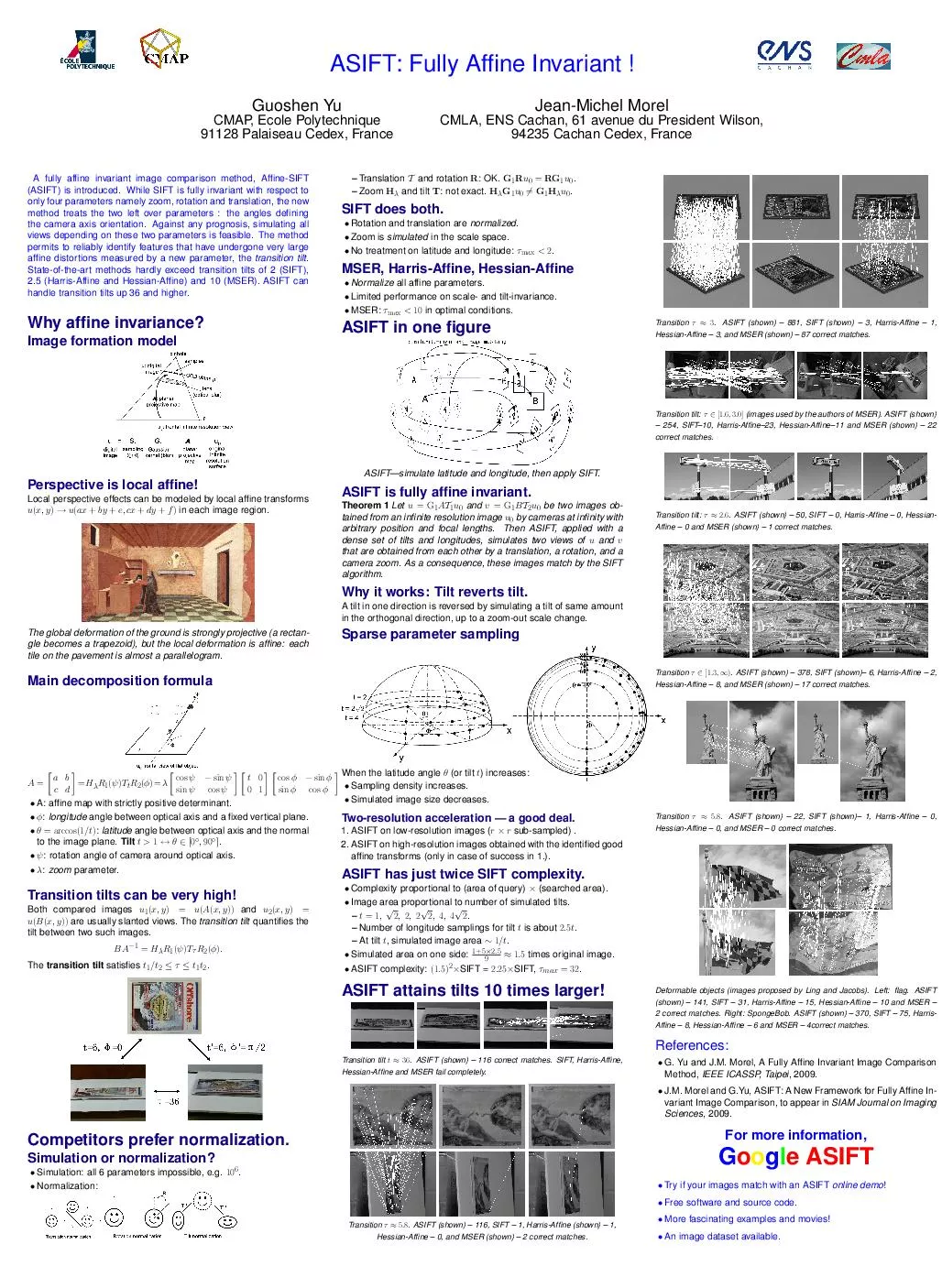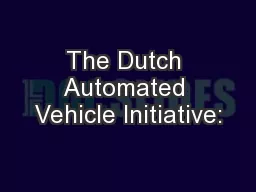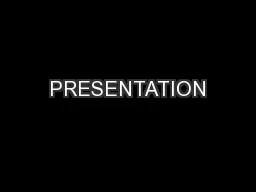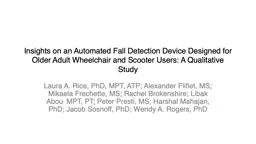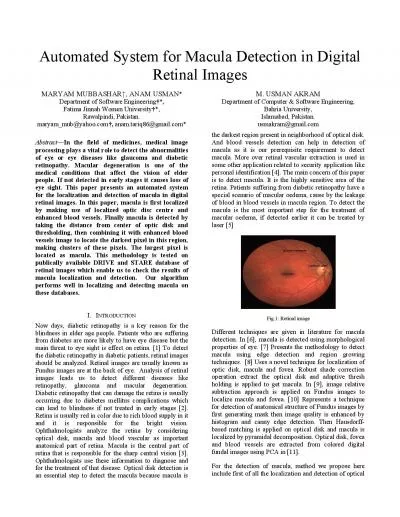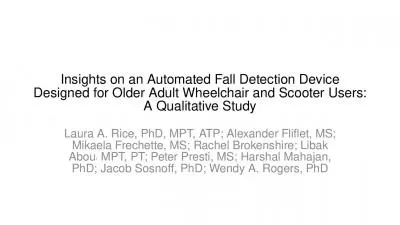PPT-Toward Fully Automated Person-Independent Detection of Mind
Author : debby-jeon | Published Date : 2016-08-10
Robert Bixler amp Sidney DMello rbixlerndedu University of Notre Dame July 10 2013 mind wandering indicates waning attention occurs frequently 2040 of the time
Presentation Embed Code
Download Presentation
Download Presentation The PPT/PDF document "Toward Fully Automated Person-Independen..." is the property of its rightful owner. Permission is granted to download and print the materials on this website for personal, non-commercial use only, and to display it on your personal computer provided you do not modify the materials and that you retain all copyright notices contained in the materials. By downloading content from our website, you accept the terms of this agreement.
Toward Fully Automated Person-Independent Detection of Mind: Transcript
Download Rules Of Document
"Toward Fully Automated Person-Independent Detection of Mind"The content belongs to its owner. You may download and print it for personal use, without modification, and keep all copyright notices. By downloading, you agree to these terms.
Related Documents


